Crown Heights is New York City’s Hidden Gem
My favorite parts of my favorite neighborhoods of New York aren’t their special quirks and attractions, but their “unique normalities.” The paths and buildings don’t intend to stop one in their tracks, but are meant to blend in, making them so characteristic of their neighborhood in such a subtle way. In this way, they pique my interest and love for an area even more.
These are the Upper West Side brownstones, which seemingly look the same on each street in the 70s between Central Park West and Columbus, the dozens of taco trucks found on Roosevelt Ave. in Jackson Heights and the bustling basketball courts of Harlem. When those seemingly mundane intricacies, which are the natural fabric of the neighborhood, are noticed, curiosity and appreciation multiply and indescribable feelings manifest themselves into long walks and more nerdy research.
Crown Heights is absolutely full of these feelings. A neighborhood most concisely put as Brooklyn for Brooklyn’s sake, walking through Crown Heights is a lovely, calming yet stimulating experience.
Situated comfortably between Washington Ave. and Howard Ave. on the West and East, as well as Atlantic Ave. and Empire Blvd. to the North and South, Crown Heights borders the northwest corner of Prospect Park.
Crown Heights has a tumultuous demographic history that began as the neighborhood became an upscale destination for Manhattan’s upper-class to reside in their second properties in the 19th century. During this time, the neighborhood held the luxury of underground subway lines, as opposed to elevated transportation, as was normal for much of Brooklyn at that time.
Toward the early 20th century, more upper-class residences were built along the neighborhood’s central drag of Eastern Parkway. Its collective affluence reached a height in the 1920s.
Later in the 20th century, Crown Heights became nearly exclusively white, with a majority of the white population being Jewish. Towards the 1960s and 1970s, the neighborhood rapidly increased its Black population, as suburban migration fueled by the recent G.I. Bill sent many white families out east to Long Island, an opportunity severely limited for Black people through exclusive legislation. The Hasidic Jews of the neighborhood stayed put and have continued to make up the staunch majority of the neighborhood’s white population, despite being in the face of current increasing gentrification.
After the destruction of nearby Ebbets Field for public housing in 1957, the white Crown Heights of old ceased to exist, and the neighborhood became as high as 70% Black in 1970. The legacy of such a racial history is strikingly evident. Eastern Parkway effectively serves as a border between the northern Black enclave and southern Hasidic enclaves of Crown Heights; it’s such a sharp line, acting almost as a border between two separate nations, with no formal security.
West of Nostrand Ave. follows the rules less loosely, housing new-coming gentries and several Park-Slope-wannabes. Franklin Ave. is the restaurant hot spot of the neighborhood, with stellar standouts such as “Chavela’s” and “Joe and Sal’s Pizza.”
Chavela’s is the go-to for specialty cocktails and Mexican fare in a hip environment. Their queso fondito and esquite stand out in the food category, with a loaded list of margaritas that is perfect for upperclassmen.
Joe and Sal’s is a real hidden gem. A classic Brooklyn shop that still takes credit cards and Apple Pay, they serve a Neapolitan-style slice mixed with New York-style slice, a weird middle ground that they certainly get right for a low, nearly suspicious price.
While the majority of current Rams are neither children nor have them, the two museums best known in Crown Heights are the Brooklyn Children’s Museum and the Jewish Children’s Museum, with the former billing itself as the first for such a population and the latter boasting an interactive minigolf exhibit. Now, then, what is that fabric of Crown Heights, and what are its wonderfully unique normalities?
It’s muted row houses instead of flashy penthouses or brownstones. It’s the knowledge that Crown Heights is fragile, and yet in so many ways, isn’t going anywhere any time soon. It’s Eastern Parkway during rush hour on a winter afternoon. It’s when the traditional colorful garb of African immigrants, long suits, skirts and hats of Hasidim, and business casual office attire of white gentries beautifully clash that I begin to ask myself the resounding question:
What’s next for Crown Heights?
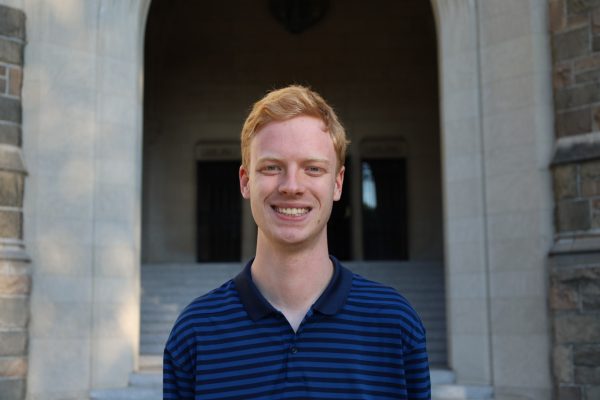
Caleb Stine is a senior from Durham, N.C., studying journalism. After transferring his sophomore year to Fordham, he joined the Ram as a copy editor of...



































































































































































































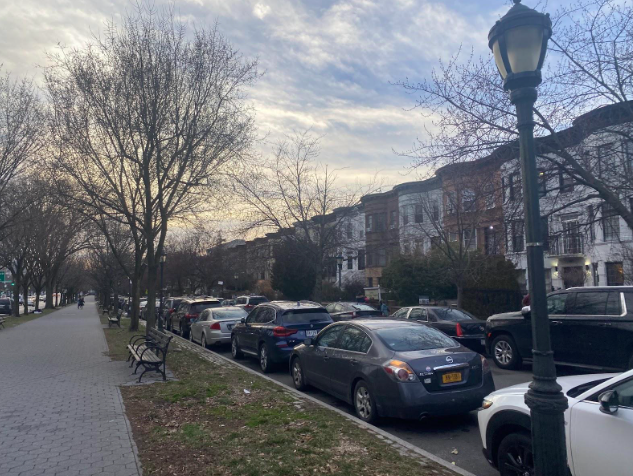





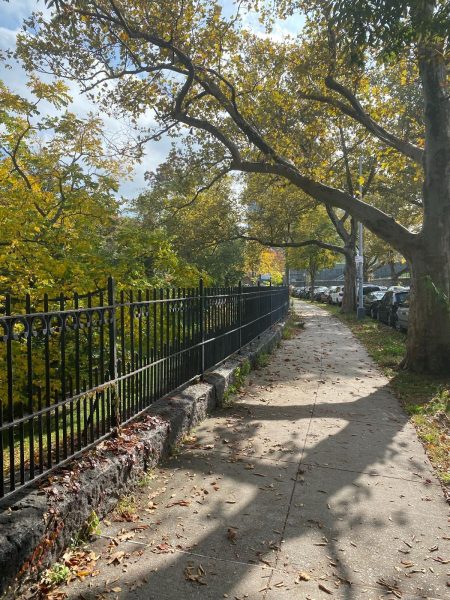
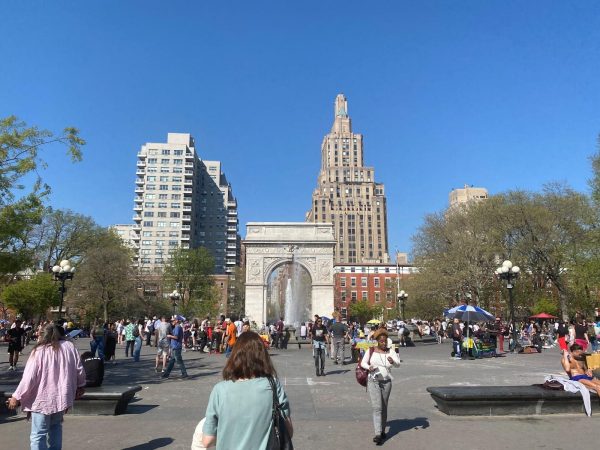
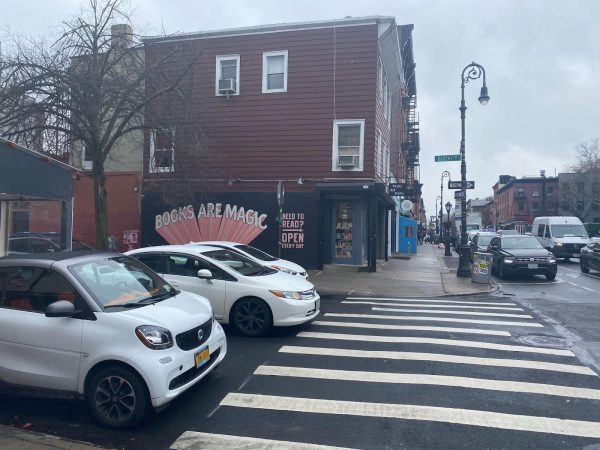
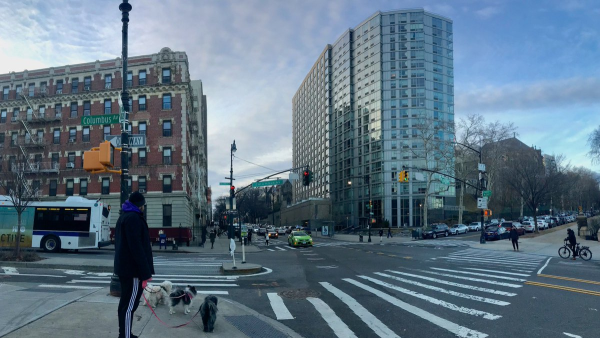
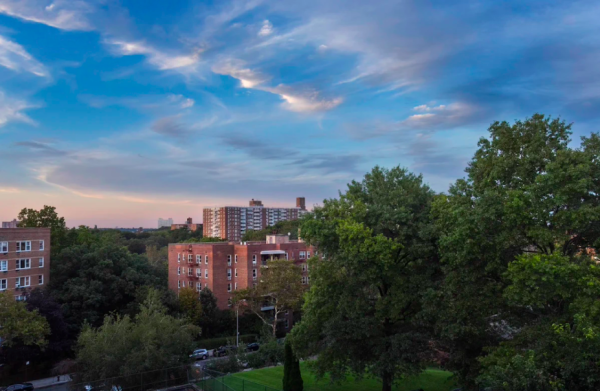
Fordham Law Alum • Sep 25, 2024 at 12:08 pm
Let’s hope that the NYC Landmarks Preservation Commission will protect the Crown Heights North Historic Districts from insatiable developers looking to build more non-descript, charaterless concrete towers.